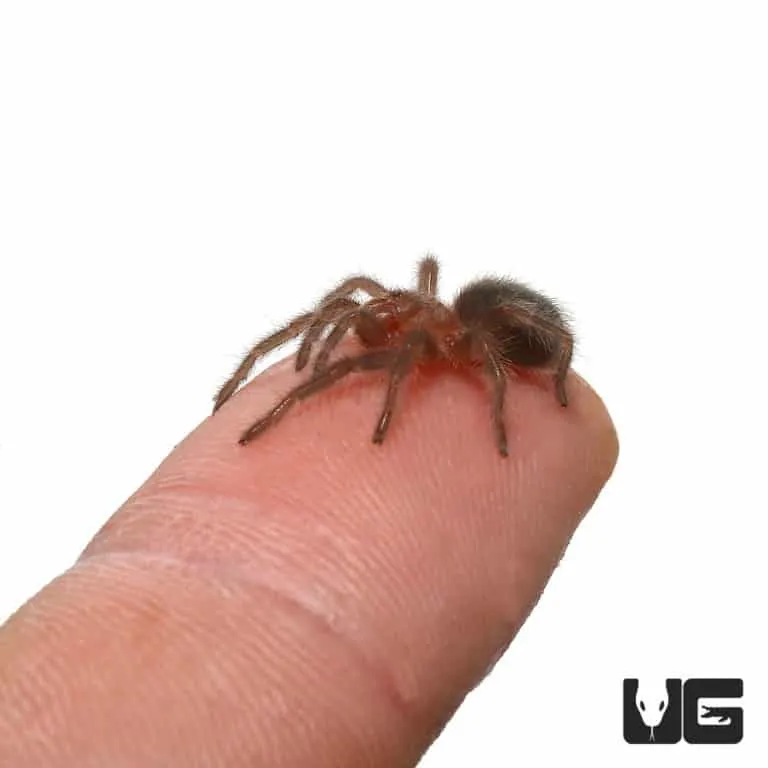What is a Brazilian Black Tarantula?
The Brazilian Black Tarantula (Grammostola pulchra) is a captivating arachnid species, gaining popularity among tarantula enthusiasts. Native to the grasslands and forests of southern Brazil, these spiders are known for their striking appearance and relatively docile temperament, making them a popular choice for beginner and experienced keepers alike. These tarantulas are ground-dwelling spiders, preferring to burrow or hide in secluded spots, and they are nocturnal hunters, actively seeking out prey during the night. Their beauty, combined with their manageable size, makes them a fascinating addition to any collection, but understanding their costs is crucial before acquiring one.
Appearance and Characteristics
Brazilian Black Tarantulas are named for their solid, velvety black coloration. This deep, ebony hue covers their entire body, including their legs, carapace (the top of the cephalothorax), and abdomen. They possess a robust build, typical of ground-dwelling tarantulas, with thick, sturdy legs. Adult females can reach a leg span of up to 6-7 inches, while males are generally slightly smaller. The spiders have two body parts: the cephalothorax, which is the combined head and thorax, and the abdomen. Their bodies are covered in small hairs called setae, which provide sensory information and can also be flicked off as a defense mechanism. These tarantulas have two main body parts: the cephalothorax and the abdomen, and they shed their exoskeleton, or molt, as they grow. The molt process is important for growth and allows the tarantula to replace damaged limbs or hairs. The beauty of a well-cared-for Brazilian Black Tarantula is undeniable, and this beauty contributes to their desirability.
Habitat and Natural Environment
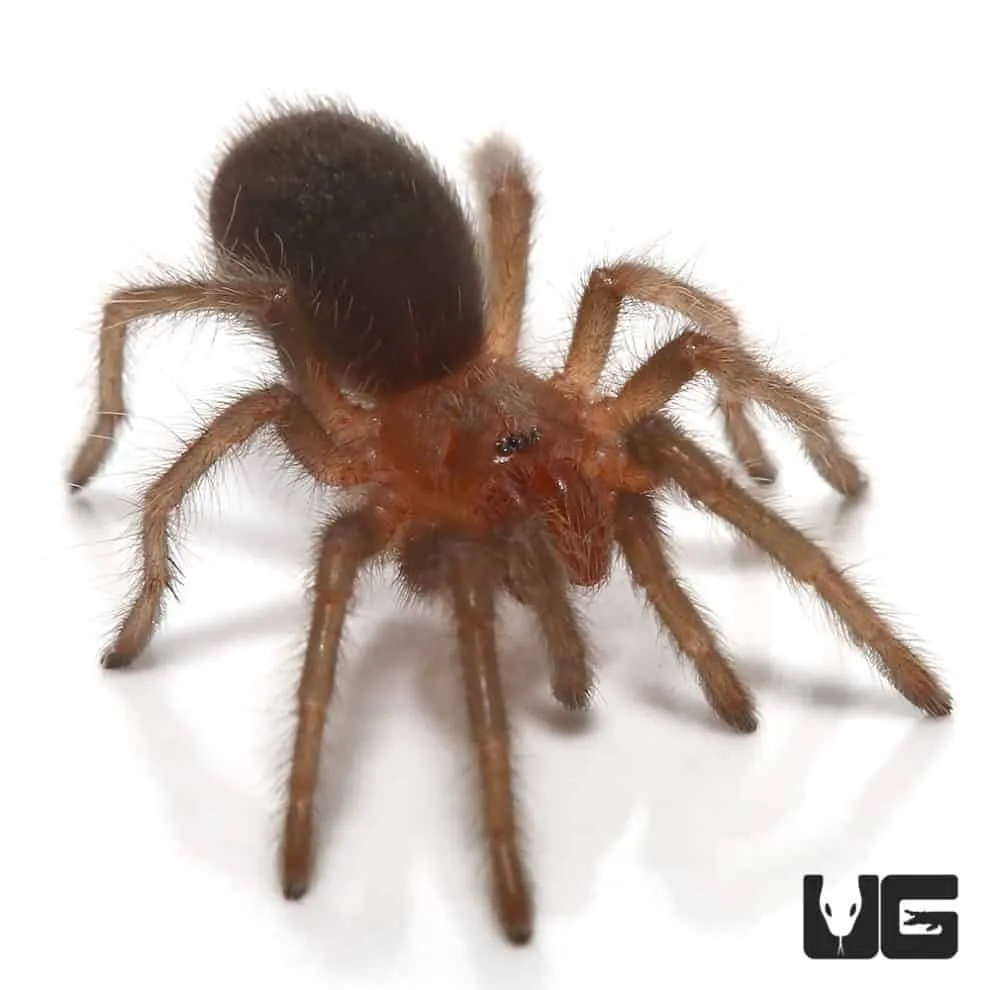
Understanding the natural habitat of the Brazilian Black Tarantula is vital for providing appropriate care and ensuring its well-being in captivity. These spiders originate from the grasslands and open forests of southern Brazil. In their natural environment, they create burrows in the ground or utilize existing crevices for shelter. The climate in their native region is typically warm and humid, with distinct wet and dry seasons. They thrive in areas with plenty of leaf litter and loose soil, which allows them to burrow and create a comfortable retreat. Replicating these conditions in captivity is crucial to the health and happiness of your tarantula. This includes providing a suitable substrate, temperature, humidity, and access to fresh water. By understanding the natural environment, you can create an enclosure that mimics its home, reducing stress and increasing its longevity. The right habitat contributes significantly to the tarantula’s overall health and contributes to its long lifespan.
Factors Influencing the Price
Several factors play a role in determining the price of a Brazilian Black Tarantula. The most significant include the spider’s age and size, its genetic lineage or morph (if any), the breeder’s reputation, and the current market demand. Younger tarantulas, particularly spiderlings, are generally less expensive than adults. However, they require more specialized care. Adult females, which are prized for their longevity and ability to produce offspring, often command a higher price. The reputation of the breeder is also a key factor. Breeders with a proven track record of producing healthy, well-adjusted tarantulas tend to charge more. Market demand also fluctuates, and the price can vary based on how popular the species is at a given time. Purchasing a tarantula is an investment, and understanding these factors helps you make an informed decision. Be sure to research the lineage of the spider and the reputation of the breeder for peace of mind and a healthy pet.
Spider Size and Age
The age and size of a Brazilian Black Tarantula significantly influence its price. Spiderlings (young tarantulas) are usually more affordable, with prices starting lower, but they need more delicate care and feeding. As the tarantula grows, the price increases. Sub-adults and adult females are typically the most expensive because they have a longer lifespan and are sought after for breeding. The life stage dictates care requirements; spiderlings require a more humid environment, while adults have different space requirements. The older the tarantula, the less time you’ll have to invest in the initial care. Purchasing an adult tarantula provides the advantage of knowing its temperament and overall health from the start, but the initial investment will be higher. Weigh the pros and cons of each stage before making a decision, considering your experience level and budget.
Morph and Color Variations
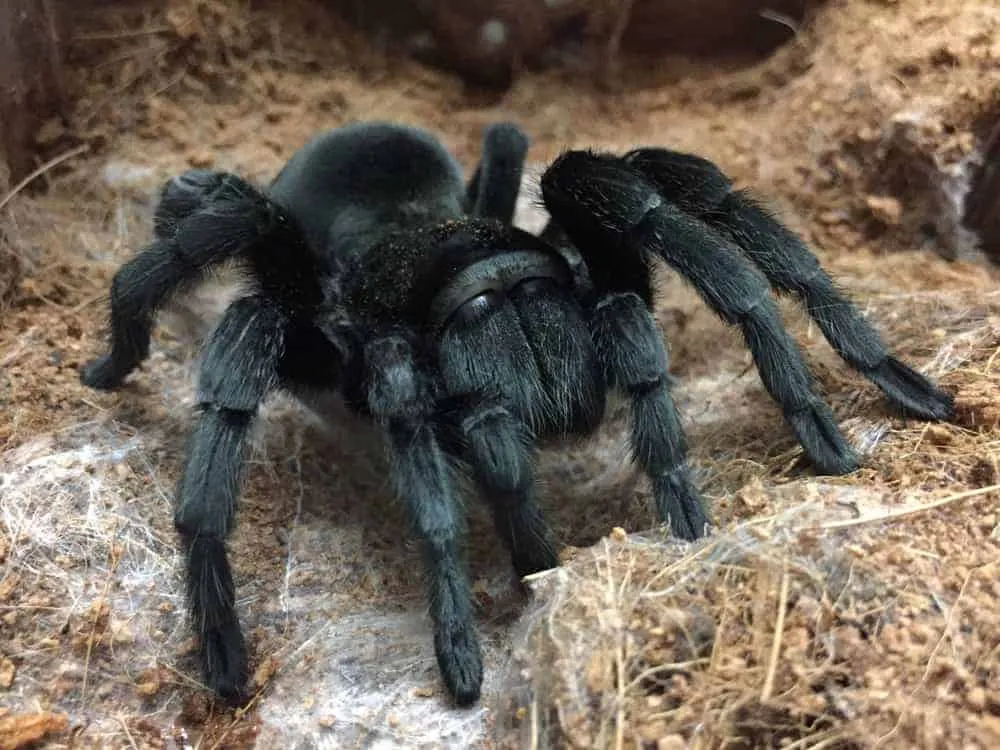
While Brazilian Black Tarantulas are known for their consistent solid black coloration, certain rare morphs or color variations can impact the price. Genetic mutations or selective breeding can lead to unique appearances that increase the desirability and cost. These variations are less common, and they make a difference in the price. The overall price is often influenced by the exclusivity of the morph. The rarity of the variation often leads to a higher price tag compared to standard specimens. If you are interested in a specific morph, make sure to research reputable breeders who specialize in producing these unique tarantulas. Buying a rare morph will require more research and possibly more investment, but it offers the reward of owning a one-of-a-kind pet.
Breeder Reputation and Supply
The reputation of the breeder and the availability of Brazilian Black Tarantulas in the market play a vital role in determining the price. Reputable breeders prioritize the health and well-being of their tarantulas and often invest in quality care and genetics. They are usually more expensive because of the quality of the tarantula and the expertise they bring. A breeder’s reputation can be assessed through reviews, testimonials, and their knowledge of the species. The supply of tarantulas influences the price too. High demand and low availability often lead to increased prices, while a surplus can drive costs down. Before buying, research the breeder, ask for information about the tarantula’s lineage, and make sure they are transparent and knowledgeable. A reputable breeder provides valuable information about the spider’s history and offers guidance on care, which can be priceless to a first-time tarantula owner.
The Cost of Keeping a Brazilian Black Tarantula
Beyond the initial purchase price, the total cost of owning a Brazilian Black Tarantula encompasses various ongoing expenses. These expenses include the cost of the enclosure setup, regular feeding, and the potential for veterinary care. It is essential to consider these factors before getting a tarantula, ensuring you can provide the necessary care. Proper planning can help you enjoy your pet without financial stress. Being well-prepared reduces the likelihood of unexpected costs down the line, contributing to your tarantula’s health and your peace of mind.
Initial Setup Costs
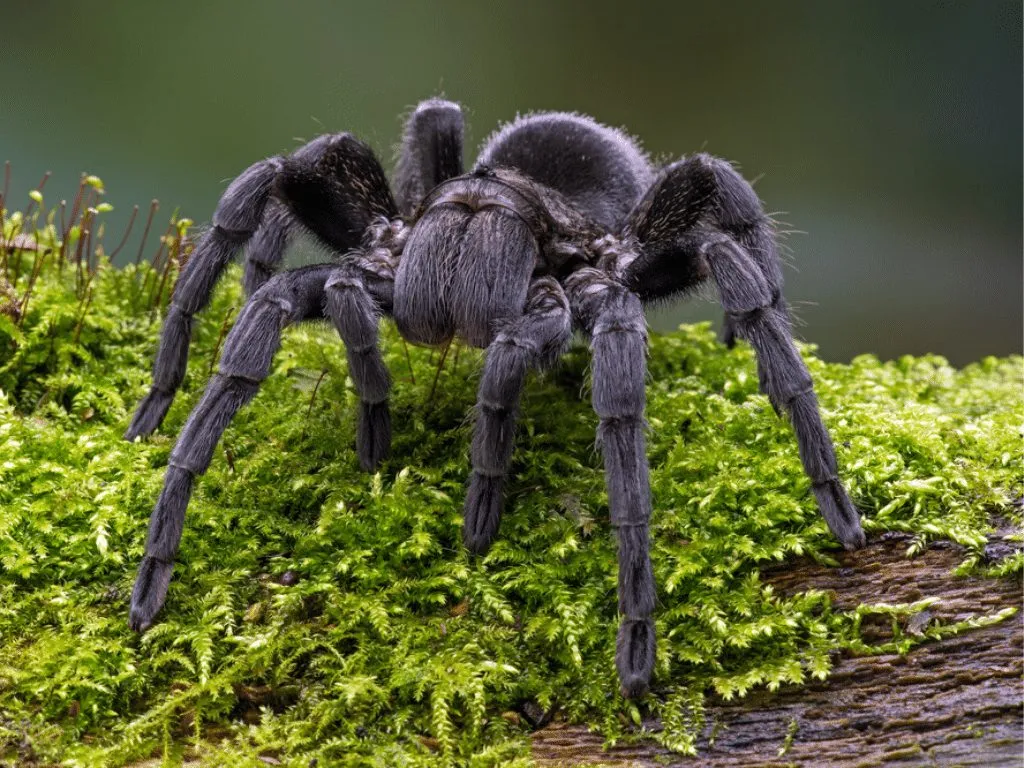
The initial setup for a Brazilian Black Tarantula involves several essential purchases. You will need an appropriate enclosure, such as a glass terrarium or a clear plastic container, which should be the right size for the tarantula’s age and size. The size of the enclosure is a crucial consideration, starting with a small enclosure for spiderlings and providing larger spaces for adults. You also need substrate, such as coconut fiber or peat moss, to provide a natural environment. Additional supplies include a water dish, a hide or shelter, and possibly some decorative items, like plants or cork bark, to enrich the environment. The initial investment in these items can vary, depending on the quality and size, but it is crucial to ensure the health and comfort of your tarantula. A well-set-up enclosure can last for years with minimal maintenance.
Enclosure and Habitat
Creating a suitable enclosure is a crucial part of providing proper care for your Brazilian Black Tarantula. The enclosure should be appropriately sized, escape-proof, and provide a comfortable environment. For spiderlings, a smaller container with good ventilation is ideal, while adults need larger spaces. The material of the enclosure often influences its cost. Glass terrariums are more expensive but offer better visibility. Plastic containers are a more economical option but need to be well-ventilated. The habitat setup also requires elements such as a substrate, hiding spots, and a water dish. The correct setup ensures the spider feels safe and secure. Ensure the enclosure is secure to prevent escapes. The enclosure setup and the quality of the habitat are directly related to the tarantula’s health and behavior, so it is important to get it right from the beginning.
Substrate and Decor
The substrate and decor play a crucial role in replicating the natural environment of the Brazilian Black Tarantula and ensuring its well-being. The substrate should be able to retain some moisture to maintain the required humidity level. Commonly used substrates include coconut fiber, peat moss, or a mix of both. The thickness of the substrate is important, and providing ample depth allows the tarantula to burrow, which is a natural behavior. Decorating the enclosure with a hide, such as a piece of cork bark or a pre-made spider hide, will make your tarantula feel secure and comfortable. The decorations can be added to enhance the enclosure and create a naturalistic appearance, but they are not critical for the health of the spider. The choice of substrate and decor affects the cost of maintaining your pet and provides a habitat that supports the spider’s health and happiness.
Ongoing Expenses
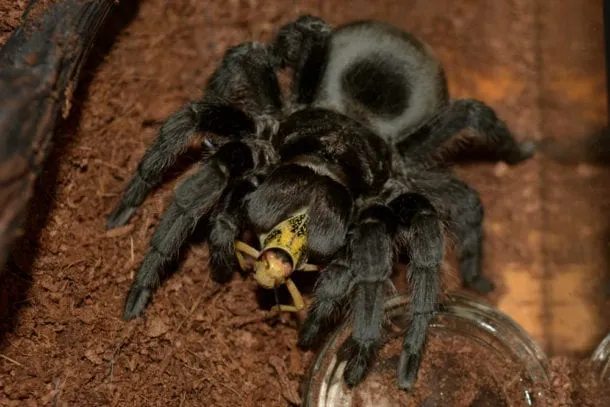
The ongoing expenses associated with keeping a Brazilian Black Tarantula include costs like feeding and, potentially, veterinary care. Regularly, your tarantula will need to be fed live insects, such as crickets or mealworms, which can vary in cost depending on the quantity and supplier. Adult tarantulas can eat larger insects, while spiderlings will require smaller prey. Some keepers will also feed their tarantulas pre-killed insects to avoid the potential for injury from live prey. If your tarantula gets sick or injured, veterinary care, while not often needed, can be expensive. It is essential to account for these ongoing costs in your budget to provide your tarantula with proper care. The financial investment ensures that you can provide a healthy, fulfilling life for your pet and enjoy the experience.
Feeding and Nutrition
Feeding is an essential part of caring for a Brazilian Black Tarantula. The tarantula’s diet mainly consists of live insects, such as crickets, mealworms, and roaches, which must be a suitable size for the spider. Spiderlings will require smaller prey items and adult tarantulas can eat larger insects. The frequency of feeding varies depending on the tarantula’s age and size, as younger spiders are fed more often than adults. It’s important to ensure that the prey insects are gut-loaded with nutritious food before being fed to your tarantula to provide the spider with the best nutrition. The overall cost of feeding will depend on the type of prey, the quantity purchased, and how often you need to restock. Make sure to provide fresh water in a shallow dish to keep your tarantula hydrated and healthy. The right diet and feeding schedule are essential to ensuring the tarantula’s growth, health, and overall longevity.
Veterinary Care
While Brazilian Black Tarantulas are generally hardy creatures, veterinary care may be necessary in specific instances. Identifying a veterinarian experienced with exotic animals, specifically tarantulas, is essential. Regular veterinary checkups are not typically needed. Most issues can be prevented with proper care. Some issues may arise, such as a failed molt, parasites, or injuries. The cost of veterinary care can vary, depending on the treatment needed and the location of the vet. It is best to be prepared for potential medical expenses to ensure the tarantula gets the necessary care. If your tarantula shows any signs of illness, such as lethargy, loss of appetite, or unusual behavior, it is important to seek veterinary advice. Being prepared for vet costs and finding a specialist can help ensure that your tarantula lives a long and healthy life.
Where to Buy a Brazilian Black Tarantula
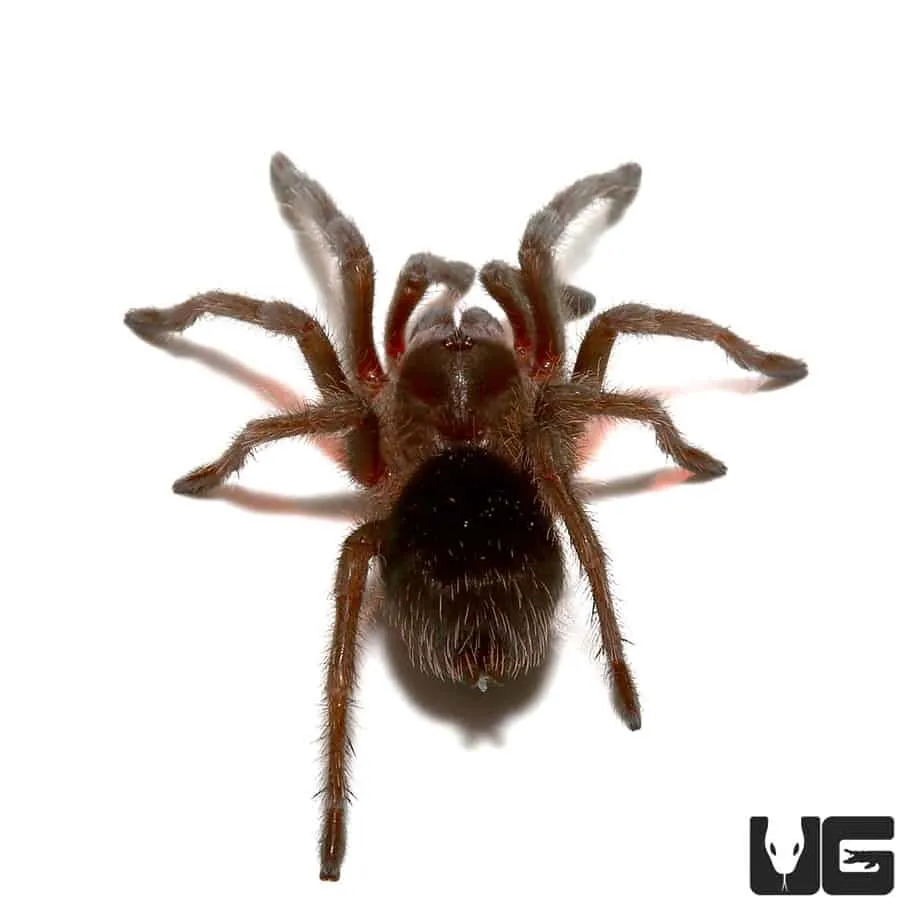
Acquiring a Brazilian Black Tarantula involves research and choosing a reliable source. The most common places to buy these tarantulas include reputable breeders, local pet stores, and online retailers. Each source has pros and cons, and knowing these can help you choose the right source and the right tarantula for you. Careful consideration of the source ensures you acquire a healthy tarantula and get the support you need to care for it. The goal is to find a healthy tarantula from a reliable source.
Reputable Breeders
Buying from a reputable breeder often ensures you get a healthy, well-cared-for tarantula with a known genetic background. Reputable breeders prioritize the health and well-being of their tarantulas. They often offer valuable information and support to new owners. Breeders usually have a deep understanding of their species and can provide insights on the spider’s care. The cost will likely be higher, but the guarantee of health and genetics is an advantage. The higher price reflects the breeder’s expertise and the quality of the tarantula. Look for breeders who are transparent about their practices, provide health guarantees, and offer ongoing support. Always research the breeder and read reviews before making a purchase. Buying from a reputable breeder is the most reliable way to start and be successful with keeping a Brazilian Black Tarantula.
Local Pet Stores
Local pet stores can provide a convenient option for purchasing a Brazilian Black Tarantula, offering the chance to see the spider in person before buying. The tarantulas offered in local pet stores can vary. Pet stores may offer a range of tarantulas. The prices in pet stores can vary and may not always be the best value. You should be aware of the source of the tarantulas and the store’s care practices. You may or may not get as much information about the tarantula’s history or care. Visiting the store and assessing the conditions are essential. You should inspect the tarantula for signs of health. Speak with the store staff. If the staff has no prior knowledge or support on tarantula care, this should be considered. Buying locally can also support local businesses and offers the potential for easier returns or support. If you choose to buy from a local pet store, take the time to carefully assess the tarantula’s health and the store’s care practices.
Online Retailers
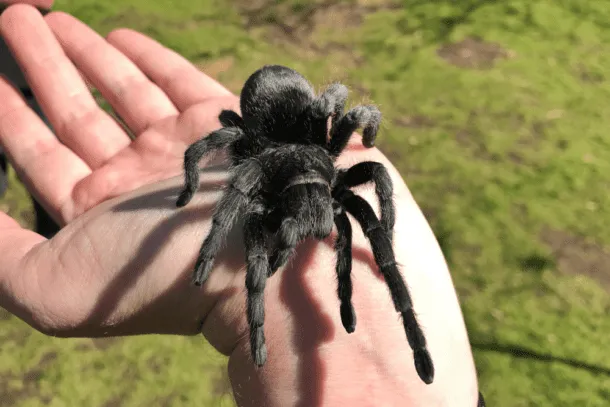
Online retailers provide a vast selection of Brazilian Black Tarantulas and the convenience of shopping from home. The prices and availability can often be more competitive than local stores. Online platforms give you access to various breeders and sellers. Buying online has risks, and you should research the seller and read reviews. The conditions in which the tarantula is kept can be difficult to assess online. There may be shipping costs and the risk of the tarantula being stressed during transport. Before buying, investigate the seller’s reputation and their shipping practices. You should also inquire about their health guarantee and their support services. Purchasing from a reputable online retailer can be an excellent way to acquire a tarantula, provided you do your research and take necessary precautions.
Avoiding Scams and Unhealthy Tarantulas
When buying a Brazilian Black Tarantula, it is essential to avoid scams and protect yourself from purchasing an unhealthy specimen. Researching breeders and sellers is the first step to ensure they are legitimate. Unethical practices and poor care can be common. Always ask for health guarantees and look for reviews. Watch for warning signs, like prices that seem too good to be true. Before committing to a purchase, carefully inspect the tarantula. You need to identify any visible signs of illness, injury, or poor care. Inspect the tarantula’s movements, its body condition, and its overall appearance. If the tarantula seems lethargic, has a poor appetite, or has missing legs, this should be cause for concern. Be aware of sellers who are unwilling to provide information or answer your questions. Trust your instincts, and if something feels off, walk away. Buying a healthy tarantula from a reliable source is vital for success.
Health and Behavior to Watch For
Recognizing the signs of a healthy Brazilian Black Tarantula is vital for ensuring its well-being. A healthy tarantula is active and alert, moving around its enclosure normally. It should have a good appetite, eating regularly. Its body should appear plump and well-nourished, and its abdomen should be proportional to its size. The tarantula’s legs should move without difficulty. Look for any signs of distress, such as lethargy, loss of appetite, or abnormal posture. Be aware of signs like a shrunken abdomen, which could indicate dehydration. If you notice any of these signs, it is best to consult with a veterinarian. Observing your tarantula’s behavior closely and knowing the signs of a healthy spider will help you identify potential issues. Taking action early can prevent small problems from becoming serious health issues.
Quarantine and Acclimation
Quarantine and acclimation are essential steps when introducing a new Brazilian Black Tarantula into your home. Quarantine involves isolating the tarantula in a separate enclosure for a period, typically 30-60 days. This will help you observe it for any signs of illness or parasites. The process will also help prevent the spread of any potential issues to your other pets. During the quarantine period, observe the tarantula’s eating habits, activity levels, and overall behavior. If you notice any problems during the quarantine, consult with a vet. After the quarantine period, acclimate the tarantula to its new environment. Put the new enclosure in the area where the tarantula will live. This will reduce stress. Give the tarantula time to adjust to its new surroundings and avoid handling it excessively until it has settled in. Following quarantine and acclimation protocols provides the best chance for a healthy and happy tarantula.
Long-Term Care and Considerations
Caring for a Brazilian Black Tarantula is a long-term commitment. Understanding the species’ needs and providing appropriate care is essential to ensuring its health, well-being, and longevity. The care of a tarantula includes proper housing, feeding, and environmental maintenance. Consistent and informed care gives you the reward of a fascinating pet. The goal is to create a safe, comfortable, and enriching environment. Long-term care means providing ongoing care and being prepared to handle the responsibilities. By being patient and dedicated, you will create a fulfilling experience for both you and your tarantula.
